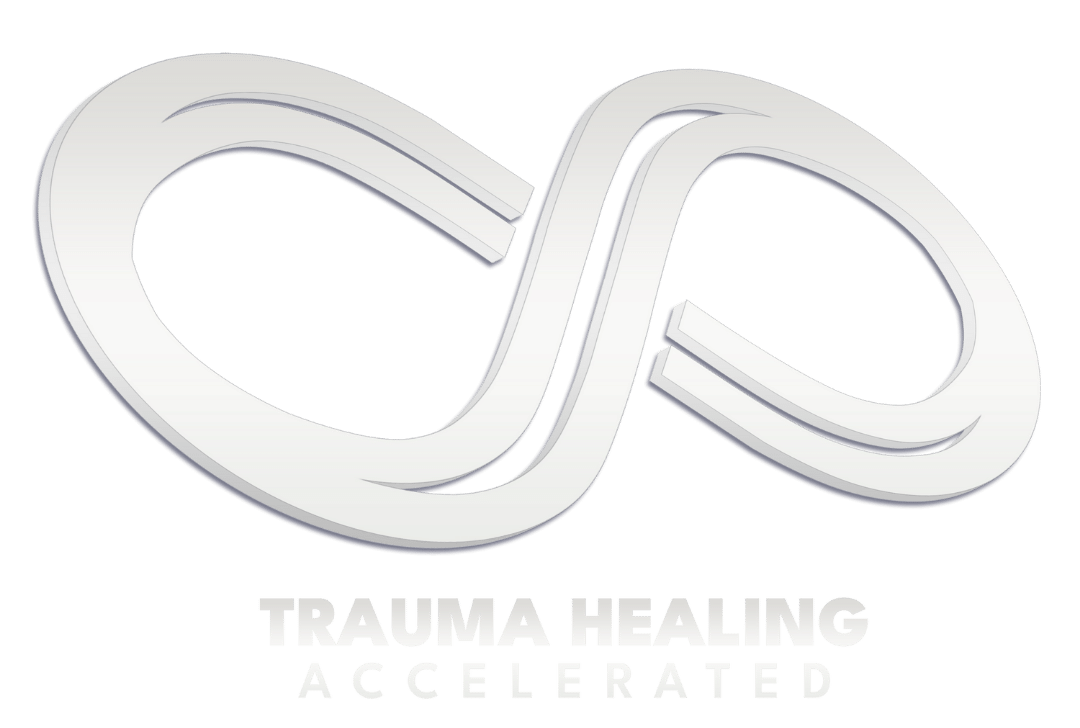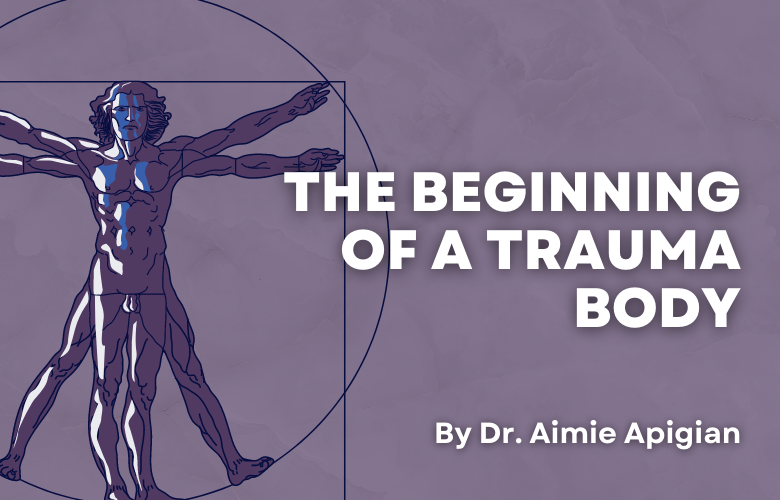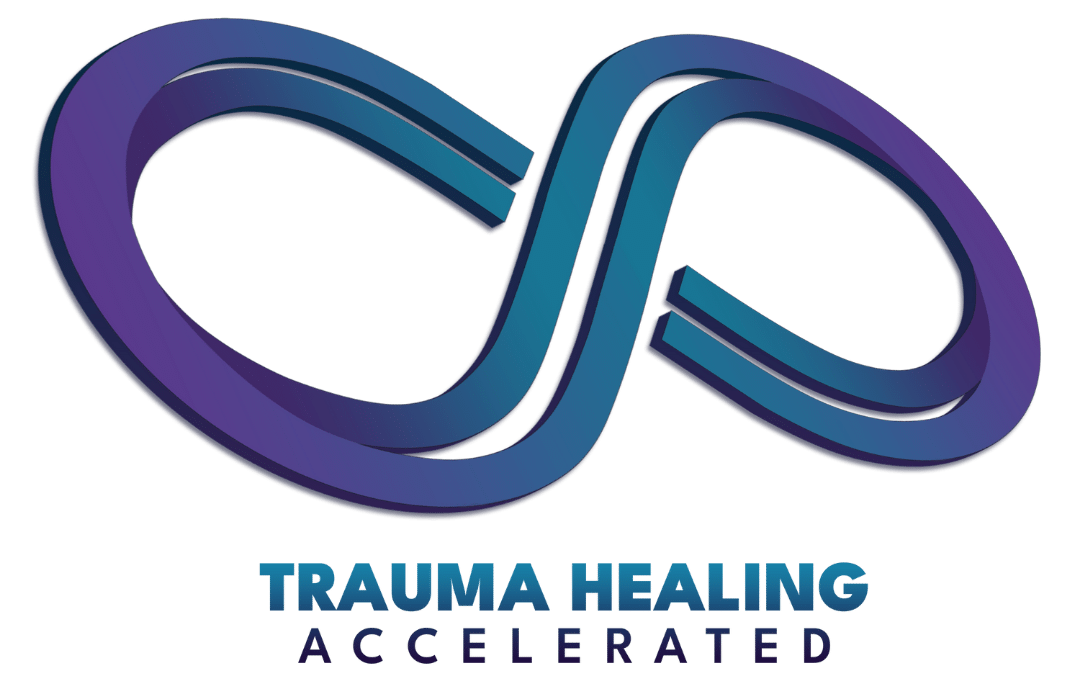The Beginning Of A Trauma Body – Attachment trauma shares a feature common to other forms of trauma and adverse childhood experiences: the development of a trauma body. Whether children or adults with insecure attachment or attachment disorder, a trauma body is a part of the package that needs to be understood.
What is a trauma body? A trauma body is a body living with the after effects of a trauma, and the changes to the biology of that body as a result of the trauma that persist long after the event.
Depending on many factors, a trauma body can result after a one-time trauma, as well as accompanies a diagnosis of PTSD.
However, more commonly, a trauma body is the result of the cumulative effect of multiple small or large traumas. Accumulated stress on the body, referred to as allostatic load, or the wear and tear of life on the body, is a frequent and current research in Adverse Childhood Experiences (ACEs).
Attachment trauma is a form of accumulative trauma. Above other forms of trauma, attachment trauma leads to a trauma body, because of the crucial time period in which the trauma occurs. This crucial time period occurs during the development of the body and the nervous system.
Thus, attachment trauma during early childhood affects the body more than other traumas, because it gets programmed into the software (the development of the child).
For instance while you can move the damaged computer to a different room, a new house, or give it to a completely different owner, but that computer will still run the exact same way, because of how it is programmed to run.
Children and adults are no different when it comes to their trauma bodies.
When my son first came to live with me as a four year old foster child, the social workers told me that while he had anger and aggression in other homes, all he needed was a loving and stable environment and he would do great.
Perhaps naive and definitely uninformed at that time, I couldn’t understand why he was not getting better. Now I understand that no matter what environment he was placed in, his brain and body were programmed to run a certain way (at least until we started attachment parenting and therapies, then his healing process began!).
If I had understood attachment disorder and the presence of a trauma body with attachment trauma back then, I believe he could have began healing quicker and I would have kept more of my sanity during those tough years.
There are three well-known authors that talk about the effects of trauma on the body in detail, and are worth reading if you have the time and energy.
Although they are not written specifically about attachment trauma, they are still great resources on understanding the effects of trauma and chronic stress on the body:
Robert Scaer (2001): The Body Bears the Burden: Trauma, Dissociation, and Disease
Gabor Mate (2011): When the Body Says No: Exploring the Stress-Disease Connection
Bessel Van der Kolk (2014): The Body Keeps the Score: Brain, Mind, and Body in the Healing of Trauma
Dr. Van der Kolk is a medical director at the Trauma Center at JRI in Brookline, MA, and he has written an excellent review on the role of trauma in psychiatric illnesses in his book, Traumatic Stress: The Effects of Overwhelming Experience on Mind, Body and Society (2006).
Trauma’s Effects On The Body
By definition, a traumatic event is a situation that becomes overwhelming to one’s coping and survival mechanisms. Rather than being able to actively engage one’s mind and body in what needs to be done, the event is so threatening that one’s system shuts down.
The body goes into a massive energy conservation mode, characterized by a paralysis.
In the moment, it can look like that person zoned out, perhaps answering questions robotically, in a daze. But this is what we would call a freeze response, where the body shuts down.
Part of the freeze response is a disconnect and a degree of dissociation from their body and their feelings, especially the intense fear from the threat.
The effects of the trauma linger in the biology, in the nervous system that wasn’t able to complete the survival response since it went into paralysis rather than action, and in the stress-response system known as the HPA Axis, or Hypothalamus-Pituitary-Adrenal Axis.
The chronic effects of this show up in one’s psychology and biology, which can be characterized by anxiety, depression, and a general sense of paralysis in life. Often their bodies can present and maintain a degree of energy conservation mode, chronic fatigue, and (its associated medical disorders) fibromyalgia and chronic pain.
The result of trauma on the body is shown in the following diagram:
Attachment Trauma Brings Future Consequences
Attachment Trauma leads to these same chronic effects in psychology and biology. Chronic misattunement between a primary caregiver and their infant and more disruption than repair of the relationship is an accumulative trauma. Continued emotional disconnect rather than a dynamic and emotionally unified relationship, results in attachment trauma.
The National Child Traumatic Stress Network has attempted to compile information on all forms of childhood trauma and its long-term effects.
What Are the Long-Term Effects of Trauma on the Body?
Seeing how the nervous system is put in a state of dysregulation, every other system that the nervous system controls or interacts with in the body is going to feel the effects of the trauma.
The picture below is a diagram of the nervous system throughout the body. Not only does it interact with every organ in the body, but also it reaches and communicates with every single cell in every single tissue.
What implications does this have for a body having developed under a maximally stressed out nervous system or coming out of a period or event that was traumatic?
Down to the core, every cell in the body operates under an internal environment that is dysregulated and in fear mode, but this of course, is completely on the subconscious level.
So at least the biological effects of attachment trauma show up in areas in which we do not have conscious control. For instance, the autonomic nervous system.
The areas in which it shows up include:
- hyperactivity and general restlessness
- immune system: everything from allergies, asthma, common colds, and autoimmune diseases
- tissue inflammation including brain tissue and any tissues that had physical trauma
- Blood pH, salt concentration and blood pressure control
- how fast our heart beats, the variability between the heart beats, and our breathing rate
- metabolism and temperature
- the size of our pupils -the black center in our eyes
- digestion and absorption of food
- colon motility – loose stools or constipation
- type and quantity of gut bacteria
- ability to feel internal sensations like when our stomachs are full or when we need to use the restroom
- degree of sensing pain
- sleep
- hormones
- insulin resistance, blood sugar levels, and obesity
- sugar and fat utilization and storage, where fat is stored in the body
- problems with balance or feeling one’s body in space (proprioception)
- more sensitive to foods, chemicals
- sensory processing: touch, lights, and sound sensitivities
- poor memory
- decreased ability to tolerate any discomfort
- seek excessive stimulation or activity to feel something or feel alive
- depression
- anxiety
A Picture Of A Trauma Body
Putting this all together, this is what a trauma body can look like from head to toe in a regular day:
A person starts the day having had poor sleep, whether difficulty falling asleep or staying asleep, but not waking up feeling rested, therefore their mood and mental performance is deeply affected by this.
They frequently will have chronic abdominal pain to varying degrees due to digestion problems, and may get tired after eating breakfast.
On the other hand, they may get energy that is a nervous and hyperactive energy after breakfast only to feel tired hours later and look for more and more stimulation whether from food, caffeine, or activity.
They may get to school or work, but they tend to have a hard time paying attention and being engaged, because they are easily distracted by bright and flashing lights, sounds, or the activity of others.
They may drift off in their thoughts, or they may fight that urge with fidgeting or interrupting others.
Their allergies or asthma may be contributing to their decreased concentration, or it could be their low-grade, but constant abdominal pains that they aren’t even aware of any more, but is another subconscious distraction for their system.
They may have loose stools, constipation, or frequent bad-smelling gas.
However, watch out if you touch them because they will have a strong reaction either way. Their bodies will either love the stimulation and keep coming back to you more and more for touch (become clingy even), or they will overreact and an accidental bump will turn into World War 3 in a split second.
You never know which foods they are going to react to, and they don’t even know half the time. They definitely have sugar cravings throughout the day, but it can vary between sweets, salty food, or fats. You will not want to be around them if it has been too long between meal time because they become irritable.
They can frequently have unhealthy eating patterns including anorexia (due to all of their sensitivities, sometimes they feel better if they just don’t eat at all) and binge-eating.
Along with these eating patterns can come secrecy and hiding. They may sneak or steal food at random times and even have a stash for when they will have the insatiable cravings.
Temperatures have to be just right for them, and it is specific for their body, but there isn’t much flexibility in terms of tolerating a wide range of room temperatures.
They may tend to bump into things and have more frequent spills and falls then others. Their ability to perceive where they are in space is a little off, so they run into corners of things or bump their head more frequently.
When they are tired, they are exhausted, and they become very irritable if they are not able to sleep. They may be able to go and go with caffeine or other stimulants, but once their body has reached its limit, there is no warning and their body feels like there is an urgency to sleep. Some will fall asleep right where they are, because they can’t even wait until they are at home in bed.
They can be more anxious and their muscles more tense with knots all the time, or they can be more apathetic, causing their bodies to be more limp.
Keep in mind, this has just been one day, and we have not even discussed their ability to be emotionally present with other people, because their system hasn’t had the chance to do anything other than constantly monitor and try to survive as best it can in a machine that is a bit disorganized.
As adults, they often progress to having medical diseases such as heart, cardiovascular and autoimmune diseases, but also chronic fatigue, fibromyalgia, chronic pain, depression, anxiety, and PTSD.
Personal Experience
Here is one adult’s personal experience with the physical symptoms of chronic stress, a result of trauma:
“In my case, I get trouble thinking, become agitated, irritable, and muscles tense. Speculatively, this is due to increased instances of acetylcholine in the peripheral nervous system due to the stress response. You can act faster physically, but at the prices of muscle spasms or muscle tension. It also seems that sleep is hard to come by, and is not restful, since the body is in a large deficit, and continues to have increased heart rate and breathing, even while resting is attempted. I can get four hours of sleep, wake up, and not be able to go back to sleep, but feel wired and full of energy.”
Summary
Whether we are working with a child with attachment disorder or we are on our own journey towards healing, compassion is necessary.
Not feeling sympathy or being sorry for them or ourselves, but having compassion and understanding with everything their body is having to unconsciously manage all day every day.
Knowing that the body is more sensitive, it also helps us to make helpful changes to reduce the burden of environmental overload. This can make a big difference!
- Turn down synthetic lights,
- Have changes of clothes to be able to quickly adjust to temperature changes.
- Eat a very simple and wholesome diet, avoid foods that cause a sensitivity reaction.
- Keep noises and room traffic to a minimum, especially noises from machines that our nervous system is most distracted by.
- Identify nutritional deficiencies that may be leading to binge eating on certain types of food, then increase a healthy source of that type of food into the diet.
- Work on optimizing sleep (completely dark, relaxing bedtime routine, supplements as needed)
- Reduce the chemical burden to which they are exposed
- Take a probiotic frequently and find ways to address constipation or loose stools
- Massage or frequent baths to loosen tight muscles
- Practicing and expressing gratitude also been shown to reduce physical symptoms of chronic stress
This has certainly not be exhaustive on the topic of a “Trauma Body”, but I hope gives you an idea and has had elements you can relate to in yourself or your child. I hope you will consider reading one of the books by Robert Scaer, Bessel Van der Kolk, or Gabor Mate.
What specific things have you seen in yourself or others you think might be related to chronic effects of trauma on the body?
Are there tricks and tools you have been able to use that have worked to help? What have you done that has not helped?
Look forward to hearing from you~
Dr. Aimie


